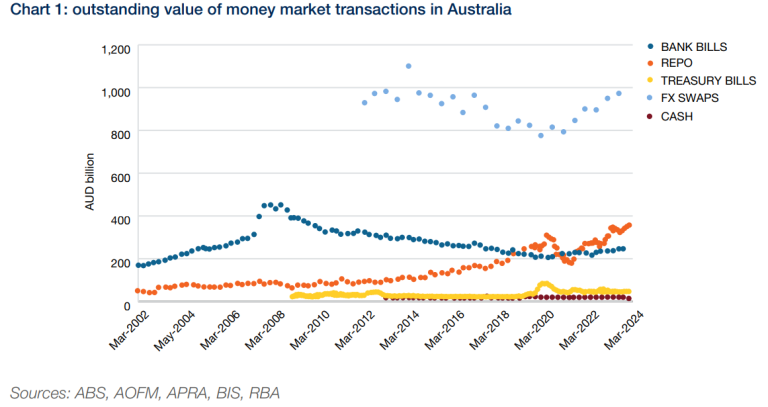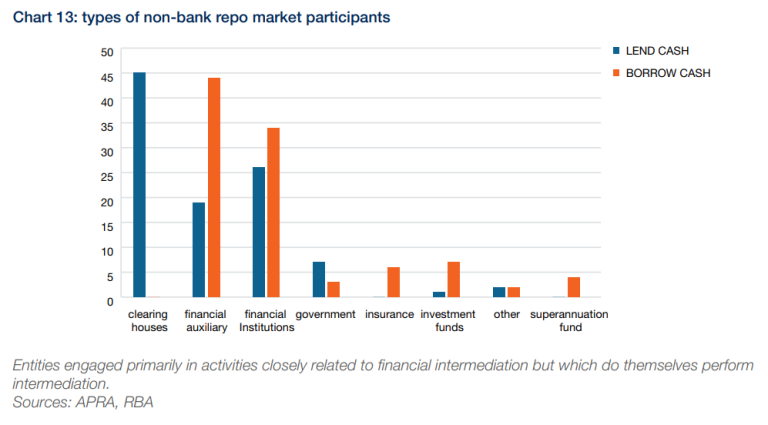The International Capital Market Association (ICMA) published an overview of the Australian repo market at a time of transition in that market, highlighting recent developments and describing the structure and operation of the market, its infrastructure, types of collateral and counterparties, and the legal and regulatory framework.
Australia possesses well-established cash and repo markets in government and other fixed income securities. Growth started to pick up in these markets in 2012, in the aftermath of the global financial crisis. The repo market overtook the unsecured interbank deposit market in 2015 and forged ahead of the traditionally dominant bank bill market in 2019, to become the largest segment of the domestic Australian money market.

The growth in activity since 2019 has been accompanied by something of a sea-change in the nature of the market, including a smaller role for the central bank. By the middle of 2024, the outstanding size of repo had grown to about AUD350 billion ($230bn) from about AUD 200 billion at the end of 2021, representing 75% growth, according to ICMA’s report.

This is the seventh in a series of reports on domestic repo markets that ICMA is publishing as part of its continued commitment to promoting the development of repo markets around the world. Guides to domestic repo markets in China, Japan, Indonesia, the Philippines, South Korea and Vietnam, were published in 2022 and 2023.
ICMA has played a significant role in promoting the international repo market since the 1990s. This includes the development of the Global Master Repurchase Agreement (GMRA), which has become the principal master agreement for cross-border repos globally, as well as for many domestic repo markets, supported by annually updated legal opinions in over 70 jurisdictions.

